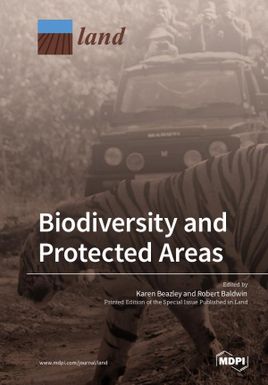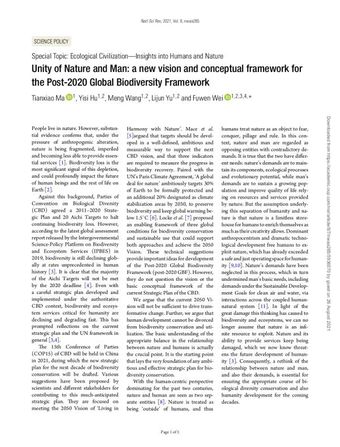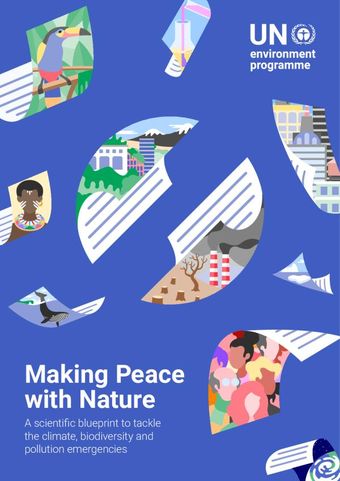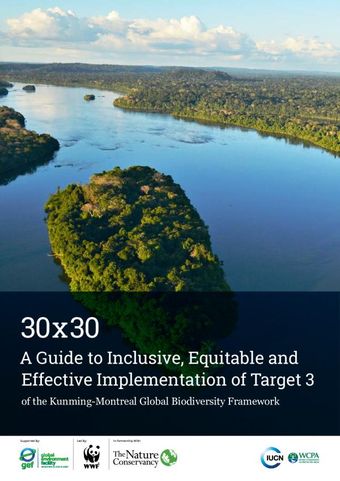Biodiversity and Protected areas
- Description:
- Protected areas are key to biodiversity conservation. While the value of protected areas is generally undisputed, challenges remain. Many areas designated as protected were created for objectives other than biodiversity conservation, and those objectives can conflict with biodiversity conservation. Protected area legal status is, in many cases, impermanent. Protected areas are generally too small, isolated, and few to conserve biodiversity on their own, and thus there are calls for connected conservation areas between them, and for their integration into broader landscapes and seascapes [1]. There is a general consensus that the current global suite of protected areas is insufficient to protect biodiversity. Although there is no precise prescription for how much would be enough, systematic conservation planning studies have indicated that 25–75% of a region is required to capture key elements of biodiversity [2]. Studies that address range shifts and movement pathways in response to climate change reveal even more extensive area and connectivity requirements. These and other insights have contributed to recent calls for ‘half Earth’
- Display date:
- 2019
- Location:
- Worldwide
- Collections:
- Secretariat of the Pacific Regional Environment Programme (SPREP)
- Publisher:
- Dalhousie University
- Content partner:
- Secretariat of the Pacific Regional Environment Programme (SPREP)
- Availability:
- Not specified
-
Copyright status: All rights reservedFind out more about what you are able to do with this itemThis item is all rights reserved, with means you'll have to get permission from Secretariat of the Pacific Regional Environment Programme (SPREP) before using it. For more information, please see our use and reuse page.What can I do with this item?Non-infringing useNZ copyright law does not prevent every use of a copyright work, and this item may be hosted by an international institute or organisation. You should consider what you can and cannot do with a copyright work.No sharingYou may not copy and/or share this item with others without further permission. This includes posting it on your blog, using it in a presentation, or any other public use.No modifyingYou are not allowed to adapt or remix this item into any other works.No commercial useYou may not use this item commercially.
Related items
Welcome and warm Pasifik greetings
The information on this site has been gathered from our content partners.
The names, terms, and labels that we present on the site may contain images or voices of deceased persons and may also reflect the bias, norms, and perspective of the period of time in which they were created. We accept that these may not be appropriate today.
If you have any concerns or questions about an item, please contact us.



